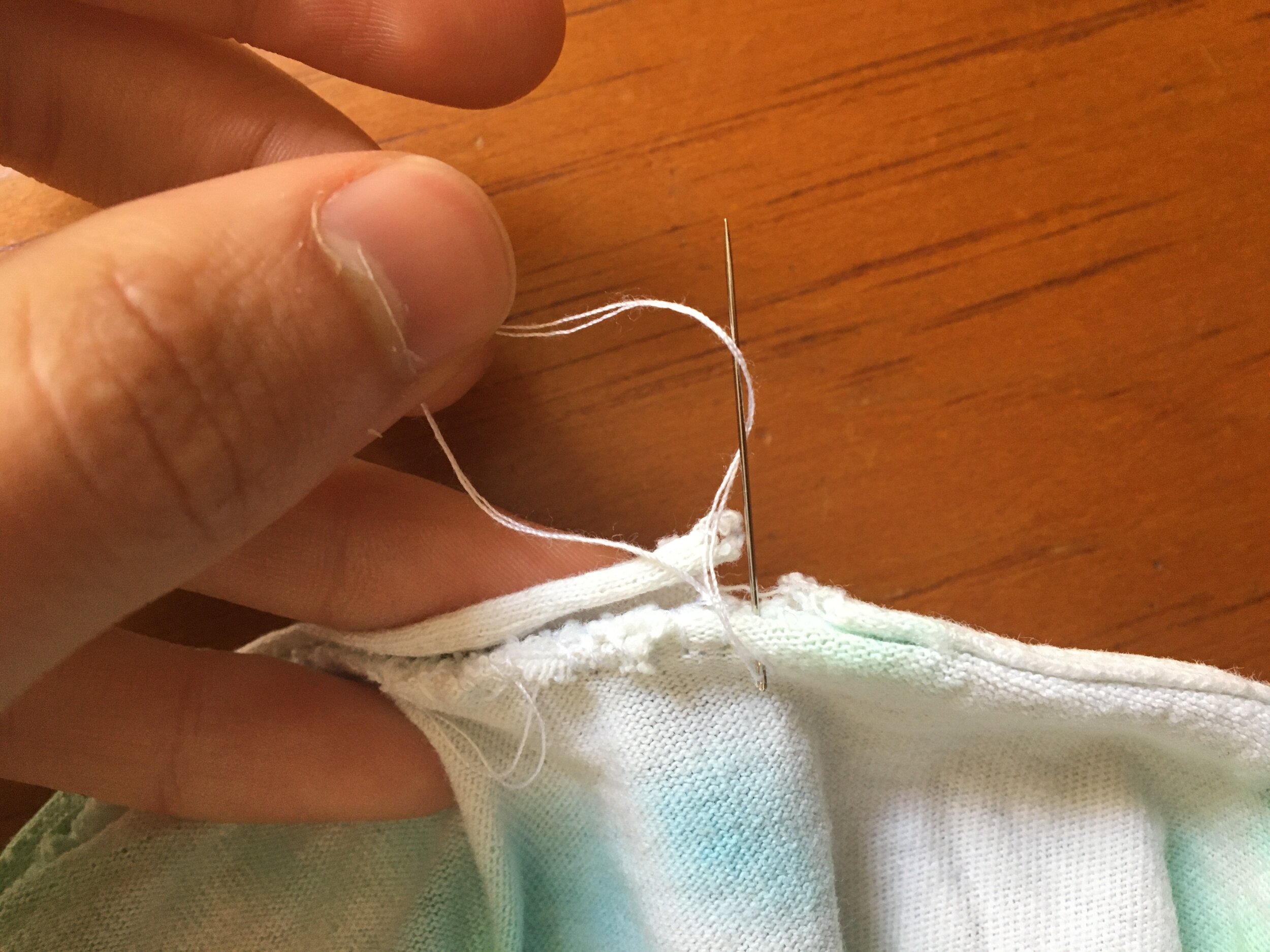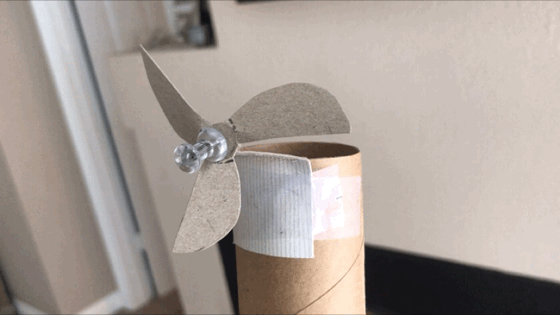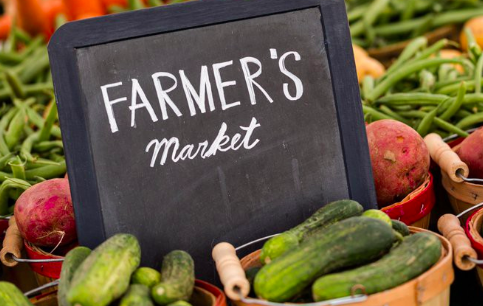Welcome to Change is Simple’s Online Learning Platform!
Overview: Today is a review of this unit’s information that was covered in the previous two lessons. Access to those two lessons is at the bottom of this page. Today’s activity is a set of questions through a form that is based on the topics from the 2 previous lessons.
Grade Level: K-6
Theme: Waste Reduction
Supervision needed? No
Essential Questions:
Materials Needed:
Standards:
Today’s Activity:
This week we covered a few ways that we could reduce our waste production. We’d love for you to complete this reflection through Google Forms as today’s activity.
If you can’t access the page above, click on the link below to take you to the Google Form directly!
Not here on Monday or Wednesday? Here’s a refresher!
Check out these videos to get a sense of what we talked about.












































